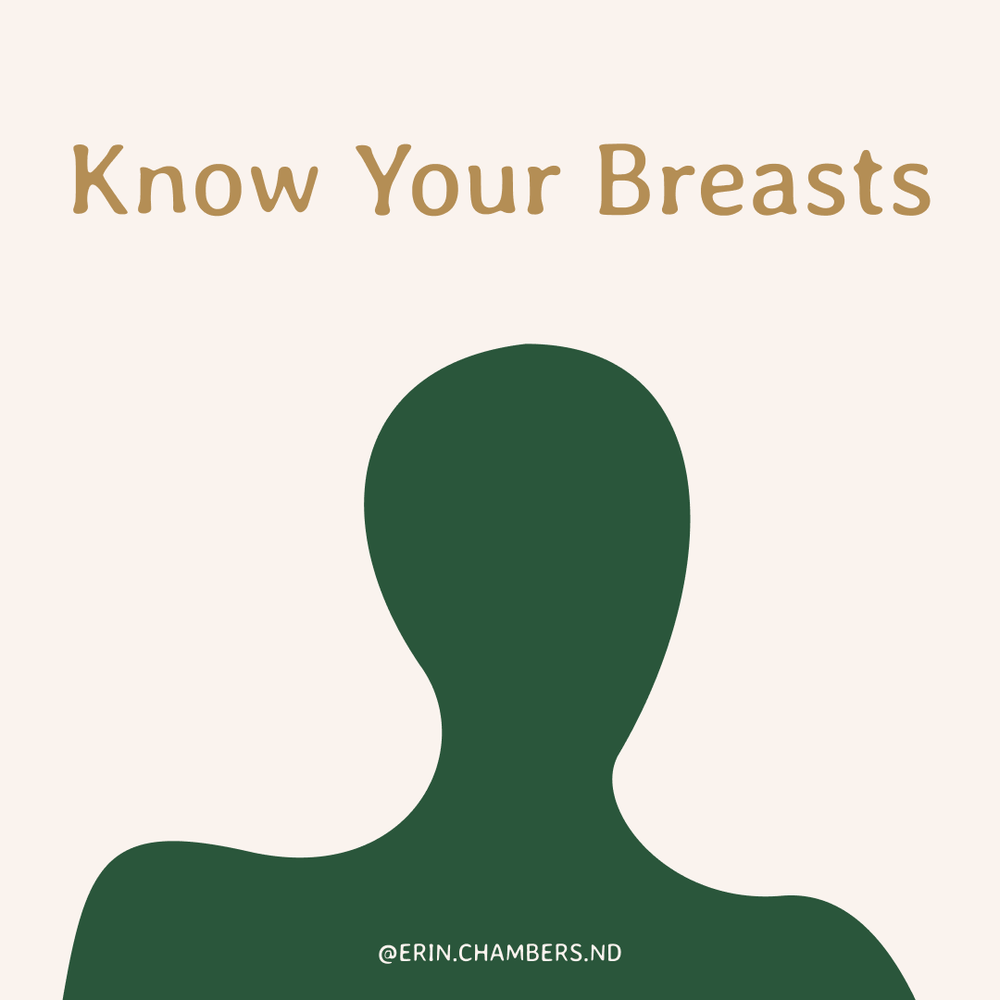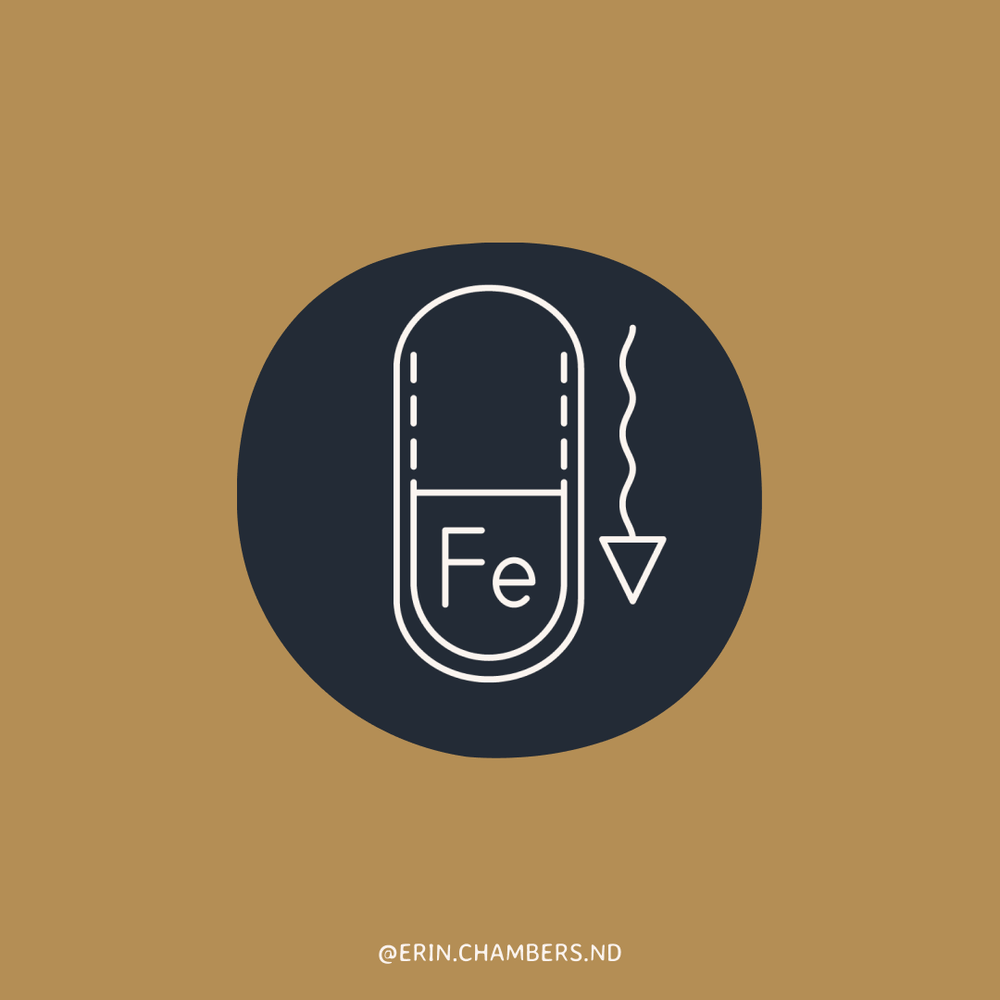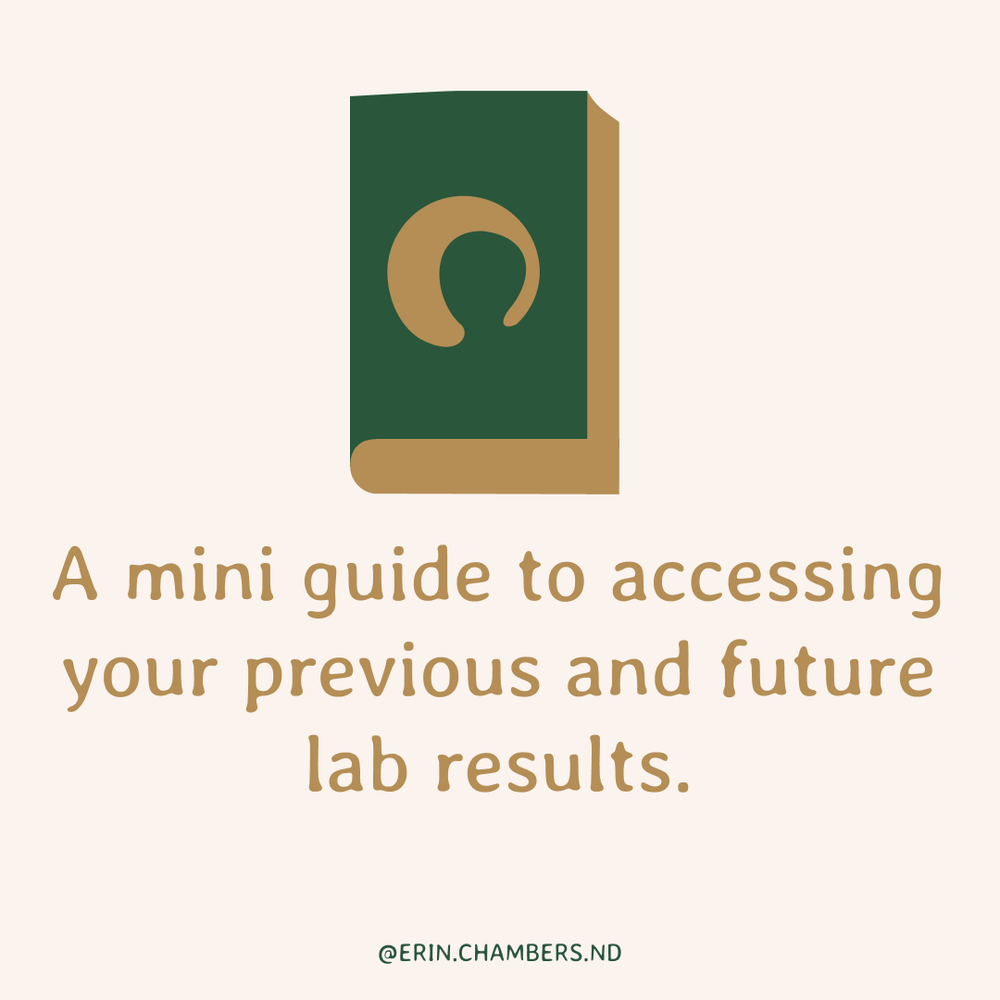Shining a Light on Vitamin D: Are You Getting Enough?


Sometimes called the ‘sunshine vitamin’, Vitamin D is an essential nutrient that impacts a whole host of your body’s functions, from bone health to cell growth.
Not getting enough Vitamin D can be a cause for health concerns, but on the flip side, getting too much Vitamin D is also bad for you. Vitamin D is fat-soluble, so it can build up in the blood and cause problems, unlike water soluble vitamins which flush out of your system.
If you think you might have a Vitamin D deficiency, make sure to consult with a health practitioner and get your levels tested before taking more than the recommended daily dose.
Consider seeing a naturopath to look into all your vitamin levels to start optimising your health outcomes.
More than just bone health
Vitamin D helps us absorb calcium and phosphorus, both of which are essential for bone health. It’s also a hormone, meaning that it helps to regulate various processes in the body. And while the relationship between Vitamin D and osteoporosis is pretty well known, Vitamin D deficiency can also be linked to a number of other health problems, especially for women.
Conditions like polycystic ovary syndrome (PCOS),endometriosis, hair loss, and pelvic floor instability have all been connected to Vitamin D deficiency. Vitamin D deficiency has also been linked to menstrual disorders, and correcting it has been found to reduce dysmenorrhea (menstrual cramping) and PMS. It may even influence blood pressure and the progression from insulin resistance to type 2 diabetes.
Where do we get Vitamin D?
Now that we’ve established just how critical Vitamin D can be to the proper functioning of our bodies, let’s talk about how to get enough of it to keep us healthy.
Sunshine is a great source of Vitamin D, hence the nickname. Although sunshine does not itself contain Vitamin D, just 10 to 15 minutes of exposure, specifically UVB rays, can help our bodies synthesise vitamin precursors in our skin, allowing our bodies to generate Vitamin D.
We can also absorb Vitamin D from our diet. Foods like egg yolks, liver, and saltwater fish naturally contain Vitamin D, and it is also found in fortified foods such as dairy milk, orange juice, yoghurt, margarine, and soy beverages.
Benefits of Vitamin D
Vitamin D is a multitasking vitamin with a ton of important health benefits, such as:
- Bone health: It helps regulate calcium and phosphate levels in the blood, which keeps bones stronger and healthier and helps prevent diseases like osteoporosis and rickets.
- Cell growth and metabolism: Vitamin D acts like a hormone, entering the cell where it can even help regulate gene expression.
Immune function:
- Inflammation: Vitamin D helps balance inflammatory and immunosuppressive white blood cells, which are critical to helping the immune system fight illness and infection.
- Acts as a skin barrier: Vitamin D receptors located in the skin, lungs, and colon help maintain a healthy barrier to pathogens, helping to keep out viruses and infections.
- Reduces the risk of upper respiratory tract infections, symptoms of which are similar to a common cold and can include sore throat, cough, and a runny nose.
- Low vitamin levels have been linked to some autoimmune disorders and infections.
Other clinical benefits of Vitamin D are still being explored, such as the potential prevention of Parkinson’s disease, heart disease, hypertension, depression, and cancer.
How’s your Vitamin D? Consider booking an appointment to find out more.
How does it work in our bodies?
Once in the bloodstream via the skin or the gut, Vitamin D is converted into an absorbable form in the liver, and then activated in the kidneys and immune cells. This activated form binds to Vitamin D receptors located throughout the body to produce a wide range of beneficial effects, a primary one being calcium absorption. Without enough Vitamin D, our bones can weaken and lose density, especially as we age.
How much Vitamin D is enough?
According to current research, blood levels of around 100 nmol/L of Vitamin D are shown to be good for our health, and less than 50 nmol/L is considered inadequate for bone health. Since our bodies make it, Vitamin D seems like a vitamin that we should have covered. But it’s not that simple.
A majority of Canadian adults are deficient in Vitamin D, especially in the winter months. In places like Vancouver and Vancouver Island, where cloud cover is nearly constant during fall and winter, it’s especially important to make sure you get enough of the sunshine vitamin from other sources when sunlight is in short supply.
In British Columbia, the government provides general guidelines for blood concentrations of Vitamin D, specifically related to bone health. However, Vitamin D does a lot more for the body than bone maintenance, and its full impact is still being explored. Essentially, you could need more than the levels in the provincial guidelines to reach optimal levels of Vitamin D for your own health.
How much is too much?
Don’t worry, you can’t get too much Vitamin D from sunshine alone, because your body won’t synthesise more than it needs. However, taking too much Vitamin D in supplement form can be just as harmful as not getting enough.
Vitamin D is a standard daily supplement, but to properly correct some deficiencies, you might need to be prescribed a higher dose, as much as 5,000-10,000 IU per day. If you don’t have a significant enough deficiency to warrant it, though, such a high dosage could lead to Vitamin D toxicity. This involves elevated calcium levels and can lead to symptoms such as abdominal pain, fatigue, or even kidney problems.
If you think you might need a hero dose of Vitamin D, you should consider speaking to a health practitioner and getting tested.
How do I know if I have a Vitamin D deficiency?
Risk factors for Vitamin D deficiency
Certain risk factors can make us more susceptible to deficiency, such as:
- Malabsorptive digestive disorders: Vitamin D is fat soluble, meaning that it needs fat to break it down for absorption. Conditions like Crohn’s disease, liver disease, H. pylori infection, and cystic fibrosis prevent fat from being absorbed in the gut, so Vitamin D might not be getting absorbed either.
- Melanin (the pigment that gives our skin colour): Melanin absorbs UV light, giving us some protection from the sun. The more melanin in the skin, the less UVB is absorbed and the less Vitamin D produced. So, to produce the same amount of Vitamin D, those with naturally darker skin need more sun exposure than those with lighter skin .
- Sunscreen: Wearing sunscreen helps prevent burning and skin cancer, but it also prevents UVB rays from reaching the skin to synthesise Vitamin D. While it’s important to wear sunscreen when in direct sunlight for extended periods, a little direct sunlight can be beneficial. Useful fact: UVB does not penetrate glass.
- Latitude: Above 37 degrees north, the sun isn’t strong enough outside of the summer months for many of us to make enough Vitamin D from sunlight alone. Vancouver, for example, sits at 49degrees latitude north, making it a winter hotspot for Vitamin D deficiency.
- Age: Enzymes to synthesise Vitamin D become less effective as we age, which is compounded by the fact that the elderly often spend more time indoors.
The only way to know for sure if you have a deficiency is to get a blood test. You can easily supplement your Vitamin D safely, but if you think you’re deficient and need more than the regular recommended dose, get your levels checked before taking additional supplements.
Testing is not usually covered under our Medical Services Plan (MSP), so in order to be prescribed a higher dose of Vitamin D, you might have to get tested at your own expense. If you are deficient, knowing it can guide your healthcare plan and help you improve your overall health and wellbeing.
To learn more, book an appointment.


